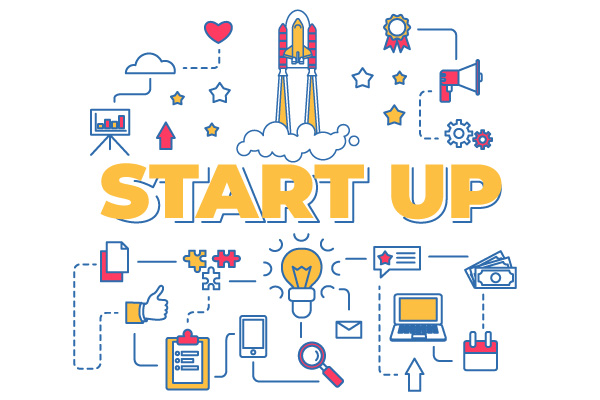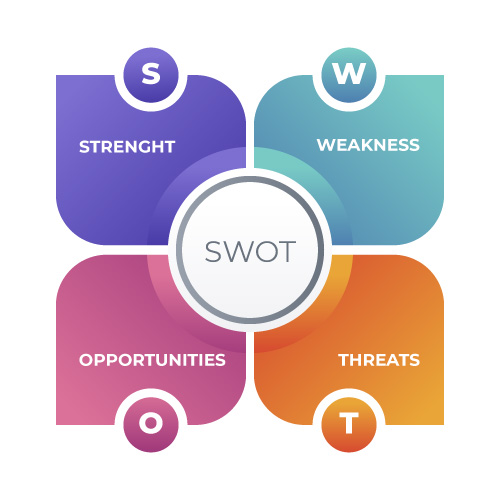You’ve worked hard for it, successfully raised your seed round, and now something good is happening behind the scenes of your startup. The investors got your signal. That’s amazing, and we’re so excited about your prospects.
All right, let’s stop, take a quick breather. Today we are starting a series of articles on how to succeed in your startup and live happily ever after its launch.
The first startup capital is the hardest and the trickiest. To keep the machine going, one should understand how to spend their resources wisely and enable follow-up findings to continue progress to attract new investors. And this is what successful entrepreneurs wonder about before starting anything new.
So, we go a little deeper and get down to the heart of the matter.
Series A Crunch: Why and What’s next?
How Startup Funding Rounds Differ: Seed vs. Series A
The Series A Crunch is a well-learned phenomenon in the venture capital community. Companies like AngelList and FundersClub have brought new ideas such as crowdfunding to the table in the past few years. They have made it relatively easy to raise seed capital for startups at the earliest stages. But quite often, no corresponding increase is noted in funding options at the Series A stage. In the long run, that means:
- More startups are raising more seed money.
- More startups are fighting for Series A funding.
- Potential Series A investors are demonstrating increased selectivity.
As a result, the race winners are the startups based on adequate and credible low-risk business models.
And that is the “crunch.” What’s in it for an up-and-coming startup to create a lasting competitive advantage which translates into a solid commercial performance?
Stakes are High, Expectations are Higher
The expectations for seed-stage performance are the starting line, not the finish line. So it is good for the health to accept that only a few startups can turn this anticipation into unshakable confidence, and the rest will remain in the cold.
A mere decade ago, only 15% of Silicon Valley Seed Stage Companies with Series A financing were already revenue-generating. Contrast that with 2019, when according to Silicon Valley VC firm Wing data, “82 percent of companies that raised Series A rounds <…> are already making money off their customers.”
What’s that supposed to mean? VCs and PEs are more likely to pledge financial support for the startups that bring dividends even before receiving Series A funding. When a startup can’t show the potential for sustainable growth in customer base and revenues, then the follow-on funding is a long shot at best. And the statistics show that “nearly 67% of startups stall at some point” and fail to exit or receive follow-on investment.

Series A Business Risks and Downsides in Startups
Most VCs and PEs are interested in meeting unrisky funding targets. That’s why startups fuelled for success strive to reduce the financial risks and provide a competitive economic advantage.
There are many risks involved in any business. The following are the top 3 most critical business risks for startups raising Series A funding.
Risk in a Business Model
What kind of model is this? The time is long past when a big idea was enough to raise capital beyond the seed stage. At present, to achieve this, one should demonstrate a business model that has the following principal effects:
Revenue growth: as we’ve said before, even budding startups are supposed to bring money. The next phase shows that the business model guarantees sustainable income growth.
Customer growth: it’s a story as old as time. A growing customer base relies on a boost in sales. So, is your customer still breathing? And what’s more important, what can you do to increase your customer lifetime value and loyalty?
Market share growth: Is your business model competitive and winnable in your market sector?
Before interacting with VC and PE investors, you should de-risk your business model in these areas. If you don’t convince your investors that you have a solid, data-based business plan, they’ll generally feel… risk.
Well, what can you do:
Perform a reality check to ensure that you are on the right track. Examine your assumptions – can you verify them? Do they sound convincing? For instance, are there enough market opportunities in your sphere to provide the level of growth your investors expect?
Barriers to entry assess. How do you stack up against your competition? Monitoring your competitors can help you find strengths and weaknesses in your product.
Create your business plan based on as much data as possible. If your calculations don’t make sense, investors will disappear.
Risk in Technology
Nowadays, no brilliant startup business plan can go without technology development. That means VC and PE investors should be provided with the details about the time, expertise, and resources required for the product design and development since these moments are essential for your startup’s technology risk measurement and follow-on management.
While assessing the investment risk for your startup, VC and PE investors are likely to be interested in:
The scope and type of development. Does your startup import and adapt technology or generate new technology from scratch? What alternatives are already sold on particular markets, and what are the meaningful qualities of your product in comparison with them? What risks will you face if you cannot build the technology? Is your product independent from third-party services? What’s going to happen if the third-party services fail?
Development rate. How quickly may development occur? Is there a possibility that growth will take much longer than expected? Can you be quick enough to provide a reliable and robust product to your customers?
Development expertise. Do you have access to knowledge and experience related to issues in the area of development to design the required technology?
Development process. Are there strong, proven, and efficient operations on the spot?
Security and intellectual property rights. What legal or regulatory risks affect development? Is all of the code at your disposal?
Anyway, nothing changes things between you and your customer if you meet their primary demand delivering a product that works.
So, what can be done:
Be sure you’re ready to answer all the questions mentioned above because you’ll have to. Since development is always accompanied by some uncertainties, your VC and PE investors want to see that you recognize the risks and have a plan (or even two) to mitigate them.

You have a competitive advantage. Here’s how to find it.
The way the technology industry is moving fast today brings up the question: Are you sure that your product can gain and maintain a competitive advantage among millions alike? How can your business idea stand out over the others?
A valuable startup must understand the nature and sources of competitive advantage within its product. This can be easily achieved by what Redpoint Venture Capitalist Tomasz Tunguz called startup judo.
But what does this strategy include? Never to oppose strength with strength + maximize leverage – here are the basic rules. It’s essential to know your opponents’ strengths and weaknesses.
What you can do:
- Perform a SWOT (Strength, Weakness, Opportunity, and Threat) analysis of your and your competitor products. From there, you can discover ways to eliminate your company’s weaknesses and capitalize on its strengths.
- Be sure that your business plan is specific and working on optimization of the results received. Without true weaknesses-vs-strengths differentiation, your product will go down the drain.

New startup or venture in sight? Then you’ve come to the right place. Discover PieSoft Software Development Services for Startups and find out how to help overcome the most challenging part of starting a new business: developing your software application.


